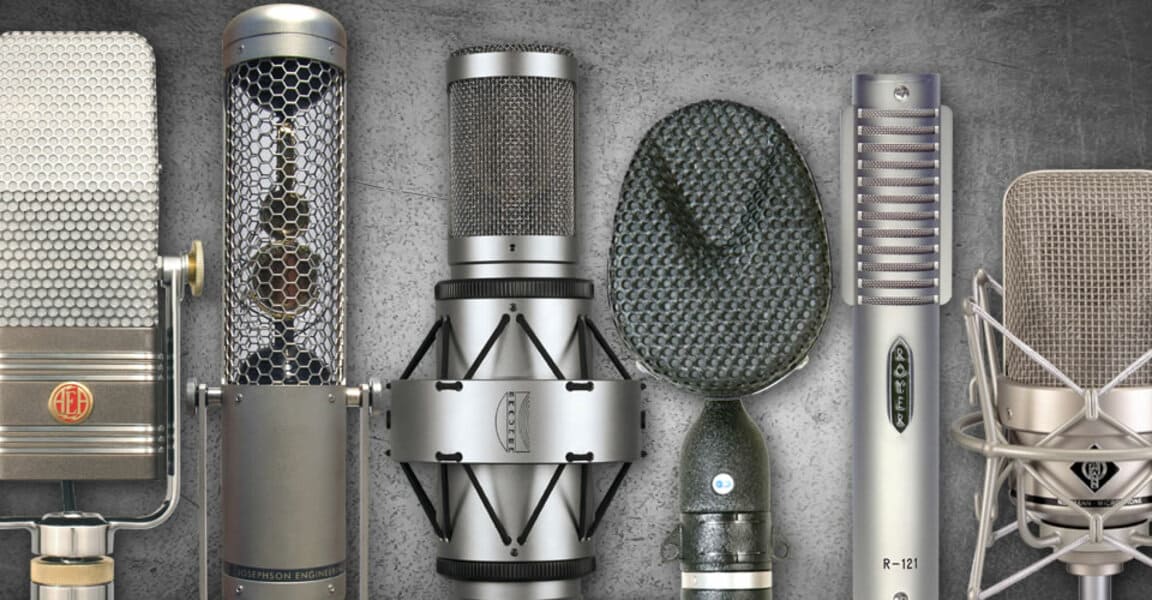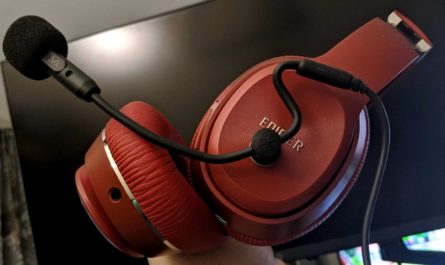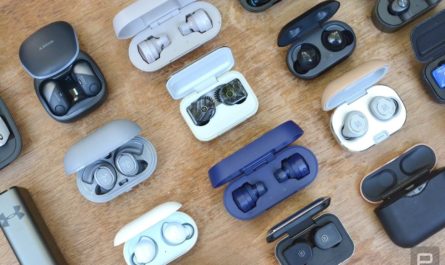If you decide to purchase your first microphone (microphone selection guide), you will immediately be confused by the wealth of choice - there are so many varieties, characteristics and purposes. Therefore, first you need to understand the types and types of such a headset:
👑Popular microphones👑
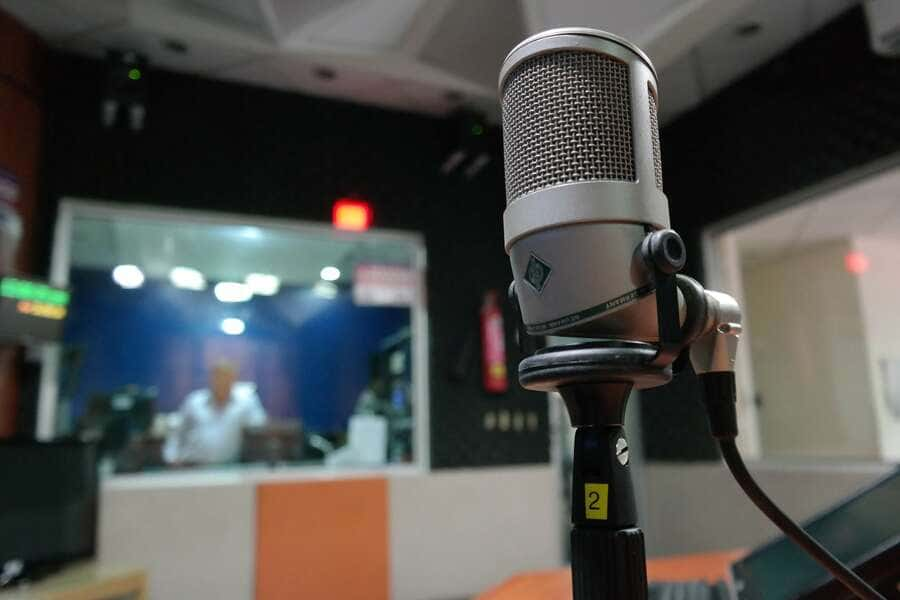
First you need to understand the characteristics of the microphone.
Important characteristics of the microphone device
Be sure to check the microphone specifications before purchasing:
- Directional patterns. These are the zones of sensitivity in which the equipment is able to perceive sound waves. Microphones can be: omnidirectional (perception of sound from all directions), bi-directional (perception from the east and west), unidirectional (perception from one side only). That being said, unidirectional equipment can be a cardioid. hypercardioid and supercardioid (we will analyze these concepts below).
- Sensitivity. Specifies how quiet sound the device can perceive. The lower the dB number, the less sensitive the microphone is in front of you.
- SPL (audio pressure)... These microphone specifications are the maximum sound power that the microphone can handle without breakage or damage. Average indicators are around 100 dB. However, if you are going to record loud sound, the number should be at least 130 dB.
- Frequency range. This refers to the run-up of frequencies, low and high, that the equipment can perceive. For example, for vocal the frequency response of the microphone is in the range of 80 Hz - 15 kHz, and for sub-sounds of a percussion instrument - low frequencies of 30 Hz - 15 kHz.
- Noise / signal. The higher the number in the specified characteristic, the smaller the sound distortion. For amateur use, 65 dB is enough, for professional use - from 72 dB.
- Impedance. A characteristic especially for professional equipment. If the output device is a microphone for a PC, smartphone or beech, the indicators may not be registered at all.
- Food. This type of microphone characteristics indicates what the device is capable of powering - from cords, rechargeable batteries, AA batteries, etc.
- Interfaces - connection to XLR, mini-Jack, Lightning / 30-pin, Jack, TA4F, USB, mini-XLR. Check which port on the device to which you want to connect the microphone - select a model with a compatible interface.
- The material from which the body is made. Plastic is lighter, more economical, but less durable. Metal, on the other hand, is heavier, more expensive, but also more reliable.
Read also: Best microphones of this year

Microphone types by purpose
The very first question: "What do you need a microphone for?" The first division depends on the answer - recommendations for the type of device assignment:
- Stage, variety. The models that we are used to seeing in the hands of the performers are the handle + capsule with a windproof mesh. In terms of their design, stage devices are very similar: their uniformity allows them to be used for the same standard rack mounts. Stage microphones are divided into wired and wireless, headsets with built-in microphones and lavalier (lavalier microphones). A narrower division of pop devices into subgroups: speech, instrumental, vocal headsets, a separate type for sub-sound.
- Studio. Used for shooting programs, broadcasts in real time in television studios. Here are popular as hand, head varieties, and buttonholes, table devices.The latter in the professional environment are called "frogs" or "pills": they are rather unobtrusive on the table in front of the speaker, but they can "capture" everything that is said above the tabletop.
- Broadcast studio. Devices for FM and TV programs - for live broadcasts and recording. Typically, this includes equipment specialized for simple speech work. This is a stand microphone with a "spider" shock-absorbing suspension. Many models are convenient in that they function in several directions.
- Reporters. As the name implies, they are necessary for broadcasting in any weather - in wind, rain, heat, cold. Also, this type of equipment includes manual, head-mounted and hidden, wireless and wired, non-removable and removable on-camera version.
- For a recording studio. The instrumental, vocal and speech types are distinguished separately. They differ in design, however, most models are created for installations in special. struts with shock-absorbing suspension, with the option of using a windscreen.
Read also: Best wireless microphones of this year

Types of microphones according to the principle of operation
Microphone buying guidelines cannot ignore the distribution of principles of operation. In this category, you can find two large categories - types of microphones:
- Dynamic. Let's disassemble the microphone device. A mini speaker is used to convert audio waves into electrical vibrations. And the waves vibrate coil microphones (which are membranes with coils) in magnetic fields. The coils cross the lines of force of the latter, which is why the induction current is fixed in their windings. A big plus of such devices is that no additional power is required. They can be used both on stage and in the field. The dynamic headset is more durable, reliable, and resistant to environmental conditions. But the quality, naturalness of the recorded sound is still inferior to the capacitor sound.
- Condenser. Let's analyze the principle of the microphone. Here, a capacitor with two plates becomes an audio wave converter: the first is immovable, and the second, like a membrane, vibrates under the forces of sound waves. The capacitor must be connected in series to DC power supplies. After the membrane begins to vibrate under the waves, the capacitor capacitance changes, as a result of which the direct current is converted into alternating current. Hence it follows that for the microphones described, additional. power supply - from batteries, amplifier, mixer. In this case, the voltage should not be lower than 48 V.
Read also: How do I set up a microphone on my computer?
👑Popular Budget Microphones👑
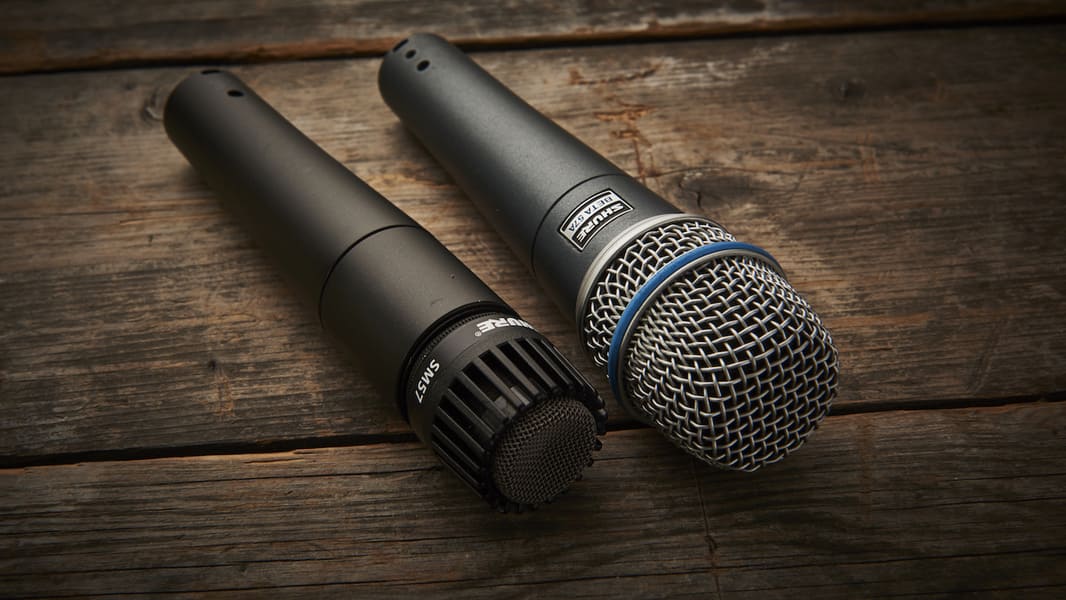
Types of microphones by directivity characteristics
The instruction continues - then it is worth highlighting the types of microphones:
- Non-directional. This device is designed to capture all sound waves from the surrounding space, regardless of the location of the sound sources. Therefore, such equipment is most often used for sounding.
- Cardioids. A device operating in a specific direction - at a latitude of 180 °. That is, the microphone is sensitive to vibrations in only one hemisphere - direct and side sounds. He ignores the sources of sounds from the second hemisphere. Cardioid in their characteristics are studio, stage means for recording speech or vocals.
- Supercardioids. The next type of microphone directivity is a class of highly directional devices with an extended sensitivity field. In simple terms, supercardiodes only perceive audio waves from a single sound source. In order not to accidentally record background noise instead, it is important to correctly position the diaphragm planes of such a device near the source. Supercardioid are reporter microphones for "field" work, outdoor camera devices, which are mounted on photo and video cameras.
- Hypercardioids. The main characteristic of such devices is the ability to perceive sounds from a single source, even located far from the microphone. But again, it is important to correctly position the aperture of the equipment, because even the smallest deviation leads to a low grade recording. The most famous hypercardioid microphones are the "cannons" used by reporters when it is impossible to get close to the sound source.
Read also: Rating of the best budget microphones
